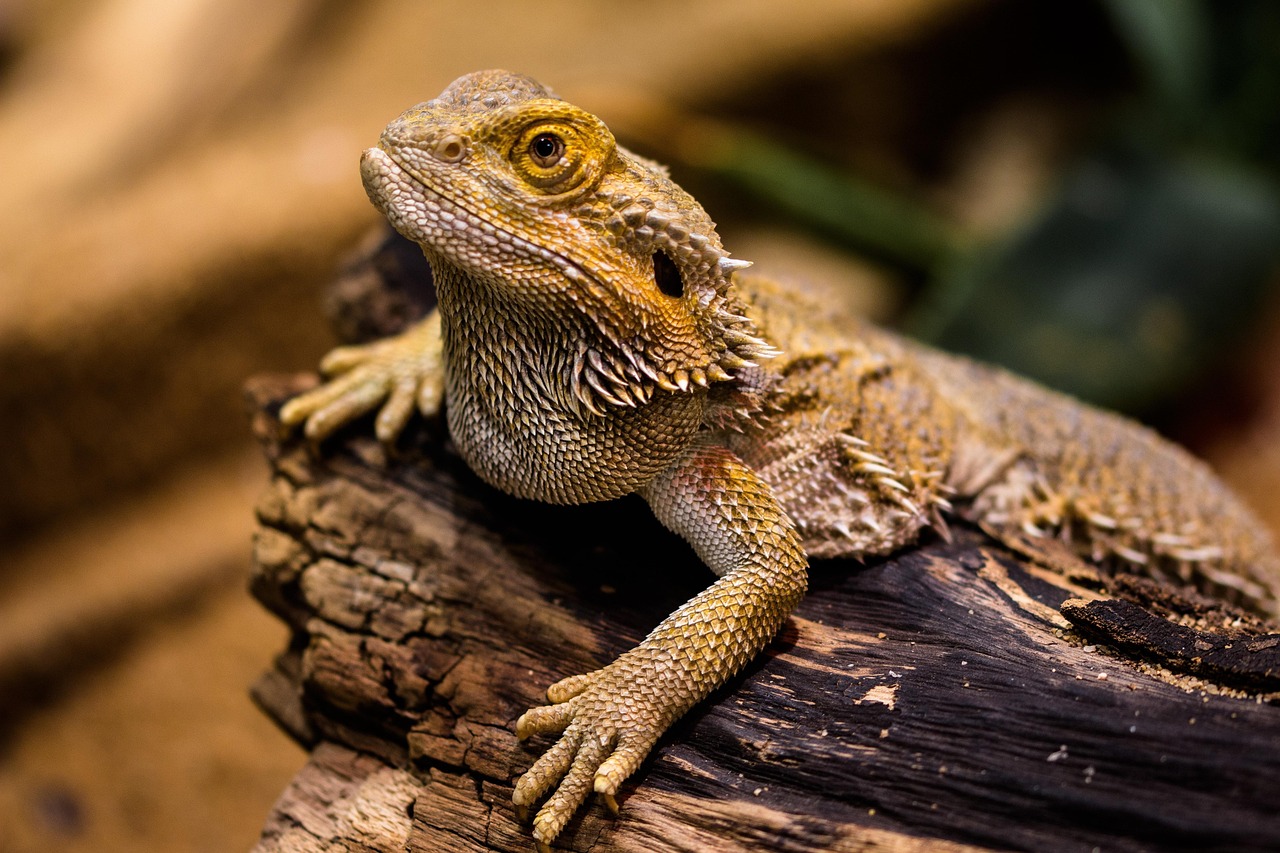Easy, Calm Starts: Why a Low-Stress First Vet Trip Matters
A friendly first vet visit sets the tone for your rabbit’s future care. Rabbits are prey animals and stress easily, so a calm approach keeps them safer and healthier.
Gentle preparation and thoughtful transport reduce fear and make exams smoother. This guide offers practical, easy-to-follow tips you can use right away.
With small steps at home and during travel, you’ll help your bun feel secure. Relaxed owners make relaxed rabbits — and that makes vet visits better for everyone.
Follow these steps and both you and your rabbit thank you.




Traveling with Your Pet, Stress-Free: Simple Solutions
Get Ready at Home: Gentle Carrier Training and Short Practice Runs
Make the carrier a safe, permanent space
Think of the carrier as a den, not a prison. Put it in a quiet corner of your home where your rabbit already relaxes. Line it with familiar bedding and an unwashed t-shirt or towel that smells like you — scent is calming. Leave the door open so your bun can come and go; curiosity beats coercion.
Step-by-step carrier desensitization
Start tiny and reward big. A slow, consistent routine teaches that the carrier means good things.
Short, quiet practice “trips”
After closed-door sessions are comfortable, introduce movement slowly. Carry the carrier around the house for 20–60 seconds, then set it down and reward. Progress to short walks to the car, then a 2–5 minute ride in the driveway. The goal is teaching motion = okay, not scary.
Real-world tip: One rabbit I worked with panicked the first car ride; after three driveway runs with the radio off and a fleece over the carrier, she relaxed and now naps on short trips.
Read rabbit body language
Watch for relaxed signs: stretched-out posture, grooming, soft blinking, eating. Fear looks like tenseness, rapid breathing, wide eyes, thumping, or trying to bolt. If you see fear, back up a step and increase rewards.
If your bun resists
Never force. Alternatives include trying a different carrier style (hard-sided vs. soft-sided), adding a favorite covered hide inside, using a calming pheromone spray designed for small mammals, or consulting your vet or a rabbit-savvy behaviorist for tailored strategies.
Next up: choosing and prepping the ideal carrier—comfort, safety features, and the cozy extras that keep your rabbit calm on the road.
Pick and Prep the Right Carrier: Comfort, Safety, and Cozy Extras
What makes a carrier low-stress?
A rabbit-friendly carrier is roomy enough to turn and lie down, sturdy, well-ventilated, and has a solid bottom (wire floors can cause sore hocks). Low, wide doors make loading easier and reduce the chance of a panicked scramble. Think den-like: secure, dark-ish, and predictable.
Carrier types — quick comparison
In practice, a hard-sided carrier with a low front or top-loading opening often works best for rabbits: strong, escape-proof, and easy to lift without wrestling your bun through a tiny flap.
Practical setup — make it a mini den
Small, practical touches make a big difference:
Quick tip: I once watched a rabbit relax within minutes when their owner tucked a worn t‑shirt under the hay—smell matters.
Simple modifications and checks
Partially cover the carrier with a breathable towel for subdued light (leave ventilation clear). Tuck a small draft blocker at any exposed seams and check that vents don’t channel cold air directly at your bun’s face. Ensure all latches are secure and that no sharp edges are exposed.
Easy access and secure travel
Choose carriers with side or top access so you can lift straight up without tipping the rabbit. In the car, secure the carrier with a seatbelt through the handle or place it snugly in the footwell or against the backrest to prevent sliding. Avoid front-seat placement due to airbags; the center of the back seat is usually safest.
Calm Before You Go: Soothing Routines and Low-Stress Prep
Keep routines predictable
Rabbits are creatures of habit — the more predictable their day, the less anxious they’ll be. Keep feeding, hay time, and quiet play on the same schedule the morning of the visit. If your bun normally gets breakfast at 8 a.m., don’t skip or radically change that; small disruptions are unsettling. A calm, familiar routine is like a little anchor.
Make the carrier feel like home
Put the carrier out where your rabbit sees it that morning with a small pile of their favorite hay (timothy or orchard grass), a secure corner litter box with familiar litter, and one chewable like a willow stick or an Oxbow Healthy Chew. Let them nibble inside so the carrier becomes associated with comfort rather than capture. A towel or bedding carrying your smell is gold — tuck it under the hay for extra reassurance.
If you’re curious about pheromone products, talk to your vet first — some rabbits benefit, others don’t respond. Use any spray or plug-in only after a quick professional check-in.
Load in a calm, dim room
Choose a quiet, small room for loading (bathrooms, spare bedrooms, or a hallway with closed doors work well). Close curtains or turn down bright lights; lower background noise (TV and music off). Keep voices soft and movements slow. Covering the carrier with a breathable towel reduces visual stress, but ensure all ventilation stays clear.
Avoid overstimulation right before travel
Skip lengthy grooming sessions, nail trims, or rambunctious bonding time immediately before leaving. Limit handling to what’s necessary — gentle lifting, tucking in the bedding, a brief pet — and postpone high-energy play until after the appointment so your rabbit isn’t wound up in the car.
Your calm matters
Rabbits mirror human energy. Slow, steady breathing, quiet talk, and deliberate motions help convey safety. One rabbit I watched go rigid during hurried loading visibly relaxed when their owner sat, breathed slowly, and stroked the towel-wrapped carrier for a minute.
Quick pre-trip checklist:
Next up: practical tips for smooth loading and secure travel so the calm you’ve built carries through the drive.
The Day of the Trip: Smooth Loading, Secure Travel, and Smart Driving
What to bring (quick travel-day checklist)
Feeding and timing tips
Don’t fast a healthy adult rabbit before the visit — hay should be available up until you leave and mild greens are fine unless your vet has told you otherwise. Offer familiar foods to reduce stress; skip sugary treats. Aim for quieter appointment slots (mid-morning often works) and allow extra time so you’re not rushing — an unrushed owner makes an unrushed rabbit. Arrive a few minutes early so you can settle the carrier calmly.
Step-by-step loading (easy, low-drama)
- Put the carrier on the floor or a low surface so your rabbit doesn’t feel lifted or cornered.
- Create a hay trail into the carrier or place a favorite chew at the back to encourage entry — many rabbits hop in willingly for a snack.
- Gently close and latch the door; check vents and secure fastenings.
- Partially cover the carrier with a breathable towel for privacy, leaving ventilation clear.
Securing the carrier in the car
Buckle soft-sided carriers with a seatbelt or tuck a sturdy carrier into a stable footwell behind the front seat to reduce movement. Avoid the front seat (airbags can be deadly). A non-slip mat or a folded towel under the carrier helps prevent sliding. Hard plastic kennels like the Petmate Vari Kennel are very stable; soft carriers like the Vceoa are cozy but need extra anchoring.
Drive like you mean calm
Keep the car temperature moderate (not hot), windows cracked a hair for airflow if needed, and the radio low or off. Drive smoothly — slow acceleration, gradual braking, and quiet, low-traffic routes if possible. If you must stop, only offer a break if your rabbit can be safely out in a secure, enclosed space and you stay with them. Never leave your rabbit unattended in a parked car, especially in warm weather.
Next: how to minimize stress in the waiting room and make the return home as peaceful as the trip out.
At the Clinic and After: Minimize Wait Stress and Ease the Return Home
Call ahead and choose a calm arrival
A quick call before you leave can change the whole experience. Ask if they offer:
Telling the receptionist your rabbit is nervous often gets you a quieter spot. One owner I know was waved into an empty staff room — instant relief.
Waiting-room tactics
Keep the carrier covered and tucked away from high traffic, open doors, and drafts. A subtle towel cover gives privacy; a corner under a bench feels safe. Avoid coaxing or unzipping the carrier in a busy room—soft, calm words are better than loud encouragement that heightens stress.
Hand-off and handling — the polite exchange
When the vet or tech invites you in:
During the exam — keep it minimal and explained
Ask for minimal restraint for routine checks and request verbal warnings before each touch or procedure. Simple explanations (“we’ll check the teeth now, very quick”) let you prepare your rabbit emotionally and avoid startling moves.
After the exam and the trip home
Plan a quiet drive back—same calm driving tips used on the way there. At home, recreate the carrier’s feel in their hutch or room: place the blanket or a small patch of the carrier bedding inside, offer hay and a favorite treat, then step back. Let them decompress for at least an hour before handling too much.
Watch closely for normal eating and pooping in the first 12–24 hours; if they stop eating or seem lethargic, call the vet right away. Positive, low-key clinic runs add up — each calm trip helps the next one go smoother, and sets you up for the final reminders in the Conclusion.
Small Steps, Big Calm
Consistent, gentle prep and mindful transport turn a scary first vet visit into a manageable, even calm, experience for both of you. Start early with carrier training, keep equipment familiar, and follow slow, soothing routines so your rabbit learns that travel is safe. Short practice runs, comfy carriers, and relaxed timing add up.
You don’t need perfection — small, steady steps make a big difference. Try one new calm habit this week and notice the change. Your rabbit will thank you with trust and less stress, and you’ll feel more confident too. Happy hops and safe travels!









Some constructive criticism: article could mention backups for lost motion sickness meds or tips if your pet vomits in the carrier (cleaning tips, spray recs). But overall a calm, friendly guide — appreciated!
For vomit cleanup: remove fleece and wash with a pet-safe detergent, then air dry. Enzymatic cleaner for the carrier base works well. Learned the hard way on a road trip 😬
Great point — adding cleaning/contingency tips for motion sickness and soiling is a smart addition. Will include carrier-cleaning steps and recommended mild enzymatic cleaners in the update.
I was skeptical about calming sprays but FELIWAY travel actually helped my shy cat peek out instead of hiding. Not a miracle cure, but a helpful nudge. Also, practice runs where I just sat by the carrier with treats worked wonders.
T-shirt trick = underrated. Works for my anxious dachshund too.
Exactly. And I put a worn t-shirt in the carrier so she had my scent. Seemed to matter more than I expected.
That’s great to hear — combining pheromone sprays with positive, low-pressure exposure is often the best approach. Small, consistent steps.
Preach! It’s all about consistency. And FELIWAY + favorite treat = tiny trust-building ritual.
Honest review: Small Pet Select Zen smells… herbal. Not bad, but don’t overdo it. I used a tiny smidge in the carrier and it mellowed my guinea pig for the clinic. Low-key miracle herb blend, would buy again.
Good to know it’s for small pets too — I was wondering if the same ideas work for non-cats/dogs.
Thanks for the tip about quantity — yes, these blends are best used sparingly. Glad it helped your piggy stay calm for the visit!
Loved the ‘Small Steps, Big Calm’ mantra. Honestly it’s easy to forget that trips can be trained like anything else. One thing I learned the hard way: sudden loud car noises freak my pup even if he’s used to the carrier. Now I do short drives with relaxing music.
Absolutely — sound desensitization helps. Low-volume, calming playlists during short drives is a common tip that works well. Glad you found a rhythm that helps your pup!
Same here. I play classical or soft instrumental and it helps my dog avoid jumping at every outside noise.
Classical works! Also, seatbelt-secured carriers = less jostle and less ‘oh no’ moments when a truck passes by.
Do you use the Adkyop soft-sided one or a hard crate? I want the pockets for treats but worry about stability.
This is wholesome advice. One extra note: check carrier dimensions vs. your pet’s size and airline underseat rules if flying (Adkyop and Henkelion both have different profiles). Measure ahead of time, or you’ll get a surprise at the gate.
Also check weight limits. Some carriers look roomy but if your pet is over the airline’s weight cap you’re stuck.
Excellent practical tip — measuring ahead of time avoids last-minute stress. Manufacturers’ measurements and airline policies should both be verified.
This article was super helpful — I wish I’d read it before my first vet run with Luna. The tip about short practice runs is golden. I ended up using the Henkelion foldable carrier and a bit of the FELIWAY spray and she was calm enough to nap on the drive. Saved me so much stress!
I sprayed a tiny bit on the blanket inside the carrier about 10 minutes before packing. Not soaking — just a light mist. Didn’t bother her, but she seemed less wide-eyed.
Nice — did you spray the FELIWAY inside the carrier or on a blanket? I wasn’t sure where to apply it.
Thanks Maya — so glad Luna responded well! Short, positive exposures really do wonders. If you liked the Henkelion, you might try adding a removable fleece (some people use the Vceoa carrier) so they smell like home.
Quick Q: anyone tried the Amazon Basics hard-sided carrier for a nervous cat? I love the idea of sturdy sides but worry about the closed-in feel. Article makes a good case for comfy extras though.
Hard-sided carriers can be great if you add a soft bed or a fleece with familiar scent. The solid sides reduce visual overstimulation during travel. If the cat is escape-artist-level anxious, pair it with short practice sessions so they associate it with calm.
I use the Amazon Basics carrier for my rescue. I put a towel with their old bedding smell in it and they settled faster. Also, blowing a little of Small Pet Select Zen on the towel helped (tiny amount!).
Thanks! Nice idea to add a towel from the old bed — will try that.
Not to be dramatic but my cat HATES the carrier. I tried positive association and brief runs but she still claws the door like it’s the apocalypse. 😅 Any emergency tips before the next vet trip?
Covering seems doable. I hate wrapping her like a burrito but if it keeps her calm I’ll try.
For mine, I covered the carrier with a towel during the car ride (kept it breathable). Reduced visual triggers and she calmed down. Also lightweight gloves when loading helped prevent scratches.
Totally get the panic — some cats take longer. Try feeding inside the carrier with the door open for several days, and use the FELIWAY spray lightly. For immediate emergencies, wrapping them gently in a towel can help with safe handling while you load into the carrier.
Minor nitpick: article could use a quick checklist download (carrier, calming spray, favorite toy, snacks, towel) for day-of. Otherwise great tips, very practical.
Yes please — that would be perfect for scatterbrained pet parents like me 😅
Great suggestion — a printable checklist would definitely help readers at prep time. I’ll add that to the follow-up content. Appreciate the feedback!
I tried the Vceoa underseat carrier on a flight and honestly it was comfy and my cat couldn’t poke out the sides. Travel-ready and the removable fleece made cleaning a breeze. Would recommend for weekend vet visits and plane rides alike.
Do airlines typically allow FELIWAY spray in checked luggage? Or just carry-on? I’m always paranoid about rules.
Thanks for the firsthand insight, Ethan — the underseat options are great for combining comfort with airline rules. The removable fleece really is a game changer for hygiene and scent familiarity.
FELIWAY travel sprays are usually fine in carry-on if it’s under liquids limit; I carried mine on flights. Always check the airline rules though — they can vary.
I laughed at ‘Calm Before You Go’ because my dog thinks the vet bag = party. She gets SO excited it’s honestly a problem. Anyone else have an over-enthusiastic pet who makes vet prep chaotic?
My lab does that. I started putting away the bag until 1 minute before leaving and using a calm command like admin said. Fewer zoomies after a week.
Nice — will try the ‘settle’ cue. Might save my phone from being knocked out of my hand 😂
Haha, the opposite problem! You can still use short practice runs but include a cue for calm behavior (like ‘settle’) and reward only when she settles. Over time the vet bag becomes neutral instead of party-time.